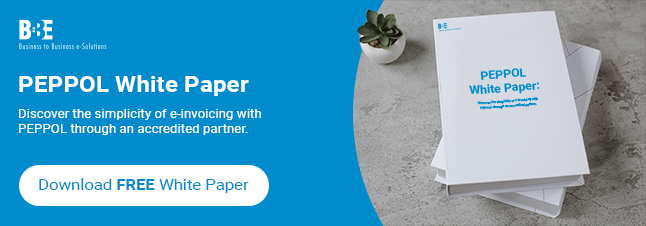As businesses move towards digital transformation, many are adopting PEPPOL e-invoicing to streamline transactions, ensure compliance, and reduce manual processing. But how does PEPPOL e-invoicing work, and why is it becoming the preferred choice for businesses worldwide?
If you’re looking to improve your accounts payable and receivable processes, understanding how PEPPOL e-invoicing functions can help you leverage its benefits effectively.
What Is PEPPOL E-Invoicing?
PEPPOL (Pan-European Public Procurement Online) is an international framework that enables businesses and governments to exchange invoices in a standardised and secure way. Unlike traditional e-invoicing systems that require custom integrations, PEPPOL e-invoicing uses a common format, making it easier for trading partners to send and receive invoices seamlessly.
Rather than emailing PDFs or using country-specific portals, businesses connected to the PEPPOL network can exchange invoices electronically, ensuring faster processing, reduced errors, and compliance with tax regulations.
下面请观看我们的视频综述:
How Does PEPPOL E-Invoicing Work?
1. Connecting to the PEPPOL Network
To send or receive PEPPOL e-invoices, businesses need to connect to a PEPPOL接入点, which acts as a secure gateway to the network. Access Points are provided by certified PEPPOL service providers.
Once connected, businesses can exchange invoices with any other organisation on the network, regardless of their location or accounting system.
2. Sending a PEPPOL E-Invoice
When a business generates an invoice, it is converted into the PEPPOL BIS (Business Interoperability Specification) format, ensuring consistency across different systems. The invoice is then sent via the Access Point to the recipient’s Access Point, where it is validated and delivered automatically.
Since the process follows a standardised format, businesses don’t need to worry about compatibility issues or manual data entry errors.
3. Receiving and Processing PEPPOL E-Invoices
Upon receipt, the e-invoice is validated for compliance and automatically integrated into the recipient’s ERP or accounting system. This eliminates the need for manual invoice entry, reducing processing time and minimising human errors.
If the invoice meets all conditions (such as purchase order matching), it can be approved and scheduled for payment without delays.
Why Businesses Are Adopting PEPPOL E-Invoicing
PEPPOL e-invoicing is widely adopted across Europe, Australia, Singapore, and other regions due to its efficiency and compliance advantages. Some of the key benefits include:
- Faster Invoice Processing – Automated validation and integration reduce delays in payment cycles.
- Reduced Errors – Standardised data format prevents discrepancies and incorrect entries.
- 监管合规 – Many governments mandate PEPPOL e-invoicing for B2G transactions, ensuring tax compliance.
- Secure Transactions – Encrypted data exchange via PEPPOL Access Points enhances security and reduces fraud risks.
- 成本节约 – Eliminating paper invoices and manual handling cuts administrative costs.
Related Content: How To Connect To The PEPPOL E-Invoicing Network
Is PEPPOL E-Invoicing Right for Your Business?
If your business deals with international suppliers, government contracts, or high invoice volumes, PEPPOL e-invoicing can significantly improve efficiency and accuracy. By adopting a standardised e-invoicing approach, you can ensure seamless transactions, better compliance, and lower processing costs.
Looking to integrate PEPPOL e-invoicing into your business? Get in touch with us today to explore how our solutions can help streamline your invoicing process.
About B2BE
B2BE delivers electronic supply chain solutions globally, helping organisations to better manage their supply chain processes, providing greater levels of visibility, auditability and control. We’re driven by a passion for what we do, inspired by innovation, and underpinned by a wealth of knowledge. With over 20+ years of experience, the B2BE teams operate worldwide.
欲了解更多信息,请访问www.b2be.com。

